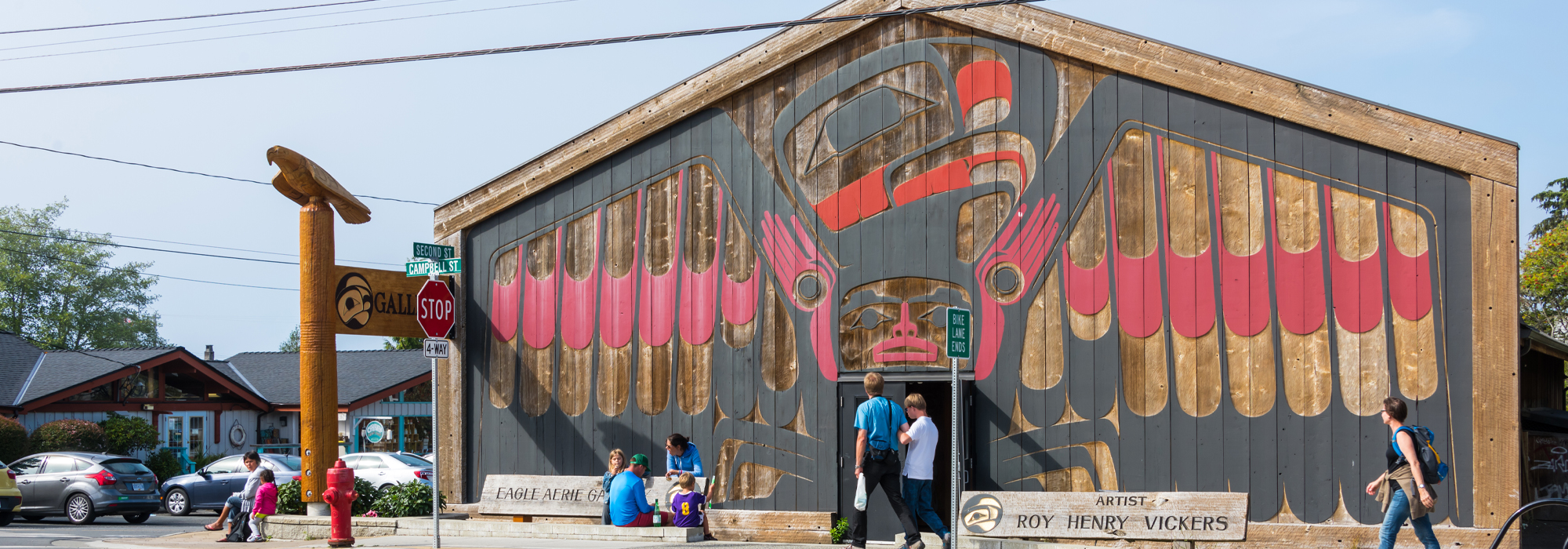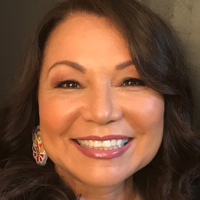
When you visit diverse Indigenous communities across Canada, whether they be Inuit, First Nation or Métis, northern or southern, rural or urban, you hear a common refrain: a desire for economic self-sufficiency and real self-determination. But in too many places, the conditions are simply not in place to realize these goals. What can be done to accelerate this vision?
This is the subject of a recent report by the Organization for Economic Co-operation Development (OECD) — an international forum for comparative public policy and standard setting. The report, Linking Indigenous Communities with Regional Development in Canada, examines how public policy and public investments (federal and provincial/territorial) can be better leveraged to support Indigenous economic development. The work has a geographic lens. Around 5 percent of people in Canada self-identify as Indigenous, and of those, around 60 percent live in predominantly rural areas (around twice as many as the non-Indigenous population). Thus, a large part of Indigenous economic development occurs in a specific rural context, with the barriers of remoteness, greater distance to markets and higher costs for goods and services. What does Indigenous economic development look like in this context? And how can it be enabled on communities’ own terms?
In answer to these questions, the OECD has focused on four key areas of recommendations.
The first is the need to improve the quality of data about Indigenous businesses and entrepreneurship.
From an international perspective, the quality of Indigenous data in Canada is relatively high. But when it comes to data on Indigenous businesses and entrepreneurship, there are gaps: survey instruments have a small sample size, they focus on self-employment and do not survey on-reserve businesses, including community-owned social and economic enterprises.
Without better data, Indigenous economies will not be visible and will continue to be marginalized. Across Canada, Indigenous organizations are working to improve data on Indigenous businesses. It is important that this work be Indigenous-led and that it follow OCAP® principles. But these efforts can be fragmented, and there is a need to scale them up and to ensure that Indigenous business data is comparable. An agreed-upon national definition of an Indigenous business is needed.
The second key area relates to land and water rights, which are fundamental to community and economic development and self-determination.
Rights to land and water can increase autonomy and create economic opportunities. Acceptance of legally recognized and inherent rights puts Indigenous peoples and communities in a stronger position to protect their interests. Rights to land and water sustain current and future generations and are a core part of spiritual beliefs, traditional knowledge and teachings, and cultural reproduction. Though vital, access to land and resources is limited and uneven for Indigenous peoples across Canada, and there are different rights regimes.
The OECD report has a number of recommendations for how to strengthen rights regimes, expand reserve land (in line with First Nations land claims) and enhance land management. It recommends ending the practice of requiring that Indigenous rights holders extinguish their inherent and/or treaty rights as a prerequisite for a comprehensive land claims agreement. A lot of First Nations communities have been pushed out of desirable lands onto more remote and less desirable ones. Expanding the land base and even adding reserve land in more urban areas has proven to be a good strategy to support community economic development. It’s time to think creatively about how this could be achieved. Doing so could also help to better connect on- and off-reserve First Nations peoples. That division was created by the Indian Act. The current process to increase the reserve land base takes too long. More fundamentally, as rights holders, Indigenous peoples need to be included in decisions about their traditional territories.
The third set of recommendations focuses on enabling Indigenous entrepreneurship and community economic development.
Indigenous entrepreneurship, particularly in rural areas, is unique in terms of: common rights to land and resources; close kinship relations; the importance of traditional knowledge and cultural practices including an emphasis on collectivism; and regulatory and taxation arrangements including the lack of transferability of land and tax exemptions for economic activities on reserve land. It is also unique because the vast majority of Indigenous businesses are microenterprises. Given these characteristics, it makes sense that specific policies and programs are needed. The Canadian Government has a range of business programs targeted at Indigenous peoples and Indigenous groups, and governments have supported the development of a network of organizations to promote economic development such as the pan-Canadian network of Aboriginal Financial Institutions (AFIs).
AFIs do important work, but they need greater access to capital and they also could really benefit from an expanded role providing business supports given that the vast majority of Indigenous businesses are small and don’t have a business plan. These businesses need support to scale up. The federal government has a Procurement Strategy for Aboriginal Business (PSAB), and there is a new mandate for government to procure 5 percent of goods and services from Aboriginal suppliers. A more functional database of Aboriginal businesses would help to achieve this — something like Supply Nation Australia. Of course, without the right infrastructure in place, including high-quality broadband, entrepreneurship cannot thrive. COVID-19 is showing just how essential these connections are for life, work and school. So, a big piece of the puzzle must include infrastructure investments.
The report’s final recommendations focus on improving governance and policies for place-based Indigenous economic development — an approach that focuses on the characterises and meaning of places. Without this, little else will be achieved.
A place-based approach to Indigenous economic development succeeds where there is a strong vision for community economic development with mechanisms to prioritize investment that matters for day to-day-life and wellbeing – from infrastructure and services to skills development, mentorship and access to capital. From the public service – federal, provincial, territorial – it means real investment in understanding communities’ ambitions and needs and building meaningful relations. This is boots-on-the-ground work. It can’t be done from capital cities.
Canada’s federal system of government makes it too hard to implement a place-based approach to Indigenous economic development.
There is too often a lack of cooperation between First Nations and provinces for infrastructure and service delivery; Indigenous economies and development ambitions are mostly absent (and often a footnote) in provincial and territorial economic development strategies; national guidelines and standards for engagement with Indigenous communities on environmental licensing are not always met by provinces and are poorly coordinated between departments; and provincial and municipal infrastructure land use planning frequently bypasses First Nations as a matter of jurisdiction — treating them as “blank spaces.” This state of affairs cannot continue. Only real political commitment across the various levels of government will change this. For a start, a national Indigenous Economic Development Strategy could set the priorities. This is something that the National Indigenous Economic Development Board has committed to develop.
There is a huge imperative to focus on Indigenous economic development, especially since Canada has a large, young and growing Indigenous population. Indigenous peoples need to be part of Canada’s future, and we have a collective responsibility to make sure that it’s a bright one, no matter where they live.
Photo: The Eagle Aerie Gallery in Tofino, on Vancouver Island, BC, is owned by First Nations artist Roy Henry Vickers. Shutterstock.com, by Chase Clausen











